Introduction to Creating a Video Tutorial on How to Set Up a Flight Simulator in Chinese
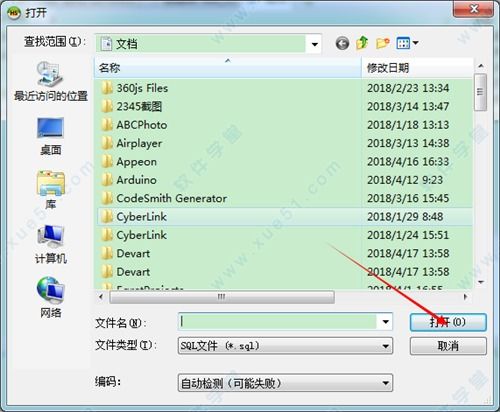
Are you a passionate aviation enthusiast looking to share your knowledge with the world? Creating a video tutorial on how to set up a flight simulator in Chinese can be a great way to reach a broader audience. In this article, we will guide you through the process of creating a comprehensive and informative video tutorial that is optimized for search engines. Let's dive in!
Tags
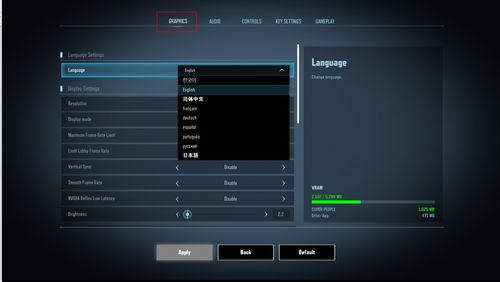
FlightSimulator VideoTutorial ChineseLanguage SEO HowTo

1. Planning Your Tutorial
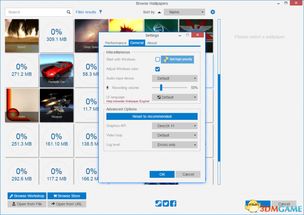
Before you start filming, it's crucial to plan your tutorial. Here are some key steps to consider:
1.1 Define Your Target Audience
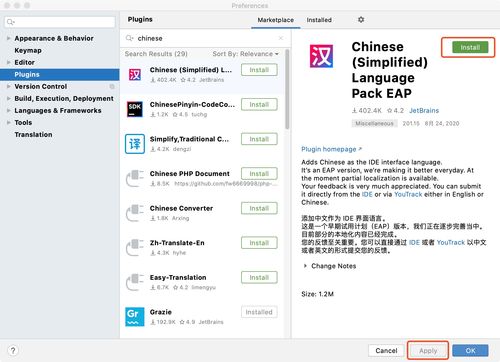
Identify who your tutorial is for. Are they beginners or advanced users? Knowing your audience will help you tailor the content to their level of expertise.
1.2 Outline the Tutorial Structure
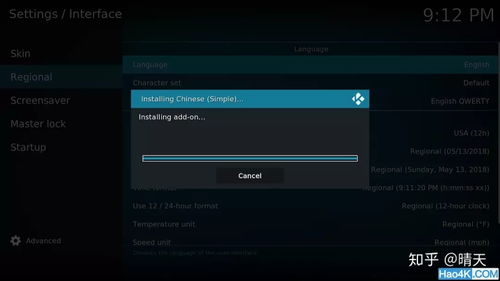
Create a detailed outline of the tutorial. This should include the main topics you will cover, such as installing the flight simulator, setting up controls, and configuring settings.
1.3 Decide on the Format
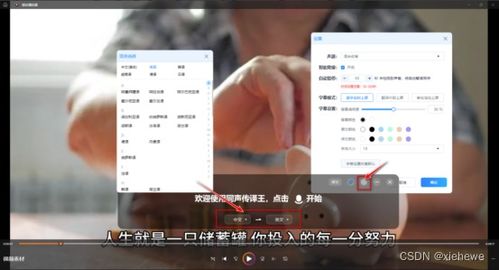
Choose the format that best suits your tutorial. Will it be a step-by-step guide, a demonstration, or a combination of both? Decide on the format early on to ensure consistency throughout the video.
2. Gathering Equipment
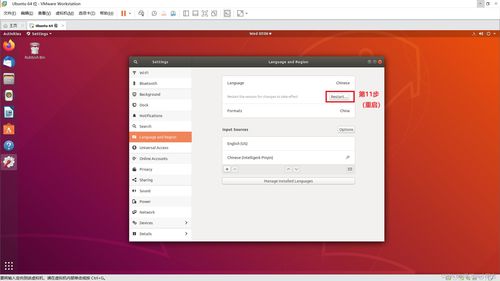
To create a high-quality video tutorial, you'll need the right equipment. Here's what you'll need:
2.1 Camera

Use a high-definition camera to capture clear and detailed footage. A smartphone with a good camera can be sufficient for many tutorials.
2.2 Microphone

A good quality microphone is essential for clear audio. Consider using an external microphone for better sound quality.
2.3 Editing Software
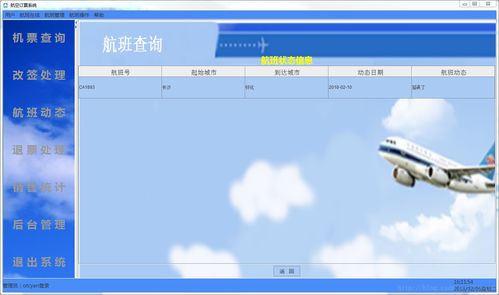
Choose an editing software that you are comfortable with. There are many free and paid options available, such as Adobe Premiere Pro, Final Cut Pro, or DaVinci Resolve.
3. Scripting Your Tutorial

Writing a script will help you stay on track and ensure that your tutorial is informative and easy to follow. Here's how to create a script:
3.1 Start with an Introduction
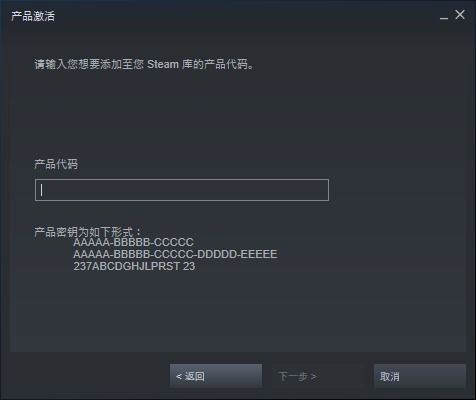
Begin with a brief introduction that outlines what the tutorial will cover and why it's important.
3.2 Break Down the Steps
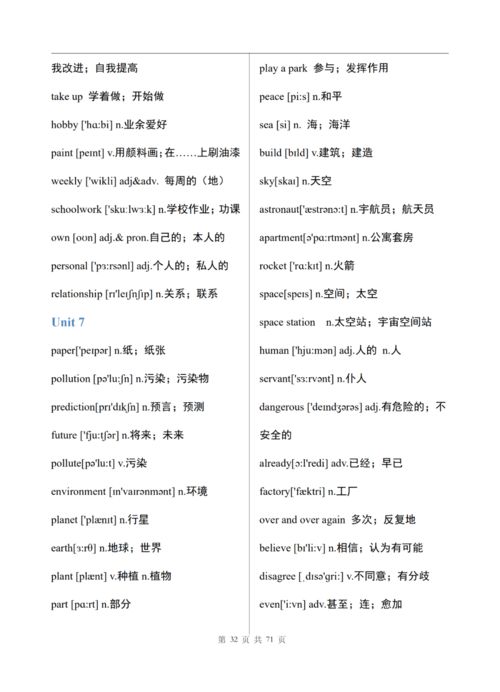
Write down each step in detail, including any screenshots or visuals that will help the viewer understand the process.
3.3 Include Tips and Tricks
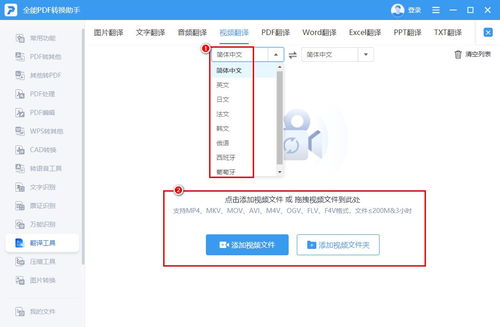
Add any useful tips or tricks that you've learned during your own experience with the flight simulator.
4. Filming Your Tutorial

Once you have your script and equipment ready, it's time to start filming. Here are some tips to keep in mind:
4.1 Good Lighting

Ensure that your workspace is well-lit to avoid dark or grainy footage.
4.2 Clear Audio

Speak clearly and ensure that your microphone is positioned correctly to capture your voice.
4.3 Practice Your Delivery

Practice reading your script out loud to ensure that your delivery is smooth and engaging.
5. Editing Your Video

After filming, it's time to edit your video. Here's a step-by-step guide to editing your tutorial:
5.1 Import Footage
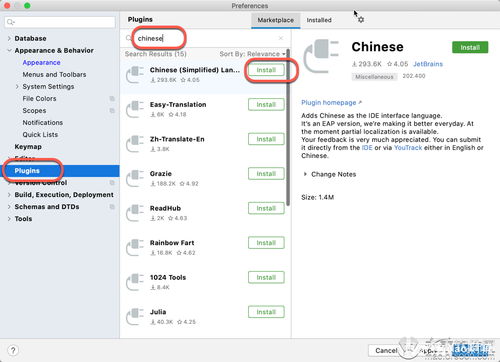
Import your video footage into your editing software.
5.2 Add Transitions
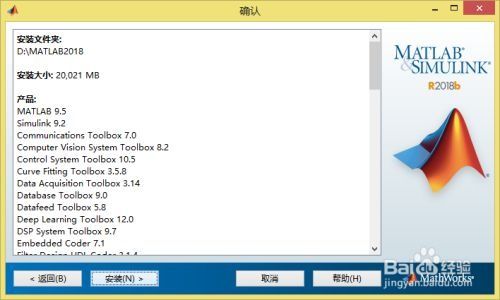
Use transitions to smoothly move from one step to the next. Avoid overusing transitions as they can be distracting.
5.3 Include Visual Aids

Add screenshots or annotations to illustrate the steps you're explaining.
5.4 Add Music and Sound Effects
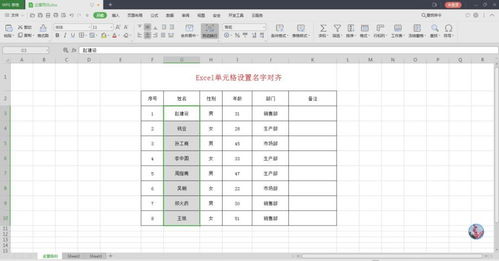
Choose appropriate background music and sound effects to enhance the viewer's experience.
6. Optimizing for SEO

To ensure that your video tutorial reaches a wider audience, it's important to optimize it for search engines. Here's how to do it:
6.1

